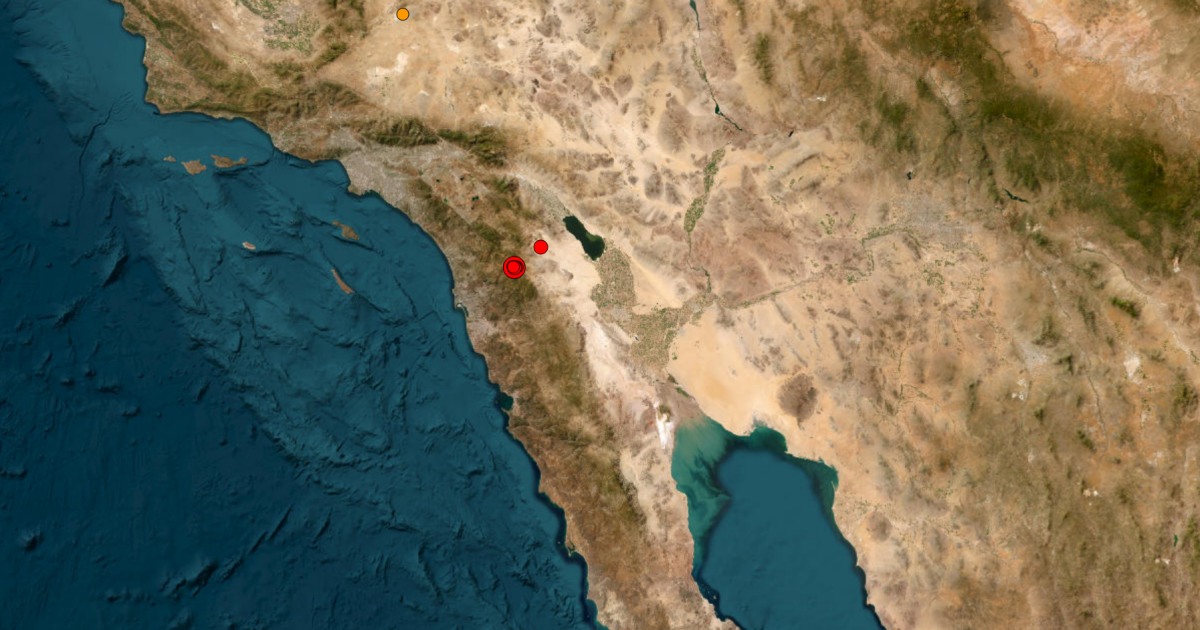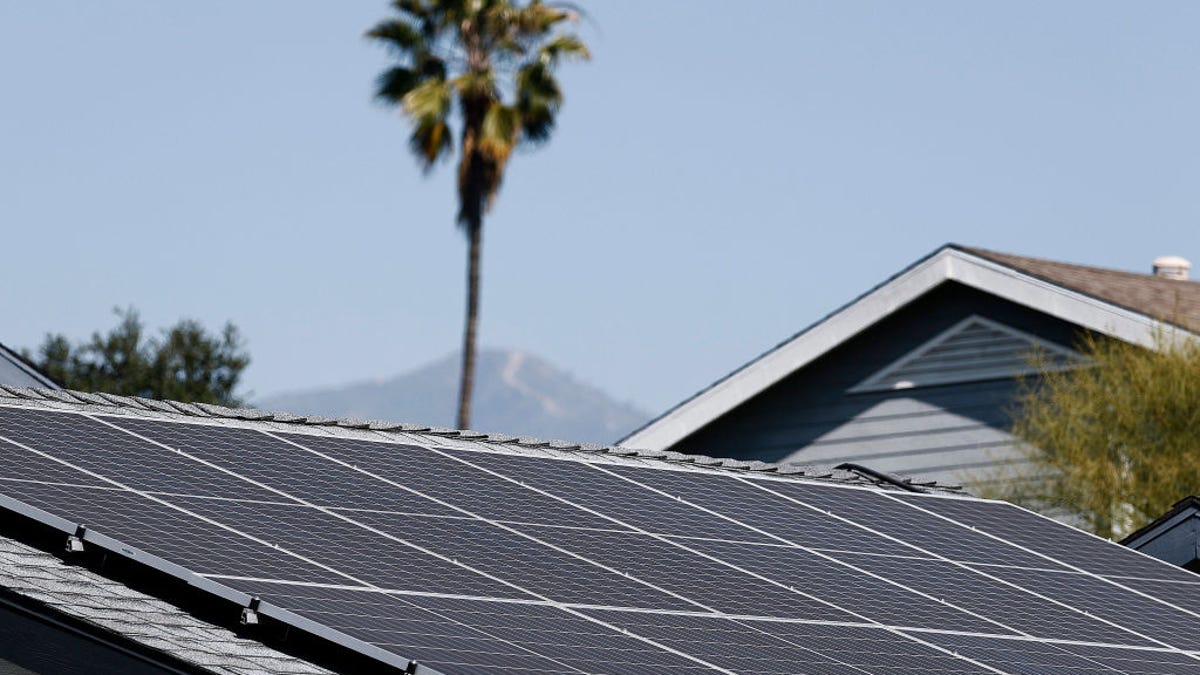A Wake-Up Call: 5.2 Magnitude Earthquake Rocks Julian, California
A 5.2 magnitude earthquake struck near Julian, California, at approximately 1:09 p.m. local time on Tuesday, sending tremors across San Diego County and beyond. The quake, centered 11 miles northeast of Julian at a depth of 6.7 miles, rattled homes, businesses, and nerves, though no major damage or injuries were immediately reported. Residents described sudden shaking that lasted several seconds, prompting concerns about aftershocks and preparedness in this seismically active region.
Immediate Impact and Community Response
The earthquake’s effects were felt as far as 80 miles away, with reports of light to moderate shaking in San Diego, Temecula, and even parts of Orange County. Social media quickly flooded with accounts of swaying chandeliers, rattling dishes, and startled pets. Local businesses in Julian, a mountain town known for its apple pies and historic charm, reported minor disruptions.
“It was over before I could even process what was happening,” said Sarah Mitchell, a Julian café owner. “One second, the coffee mugs were clinking on the shelves, and the next, everything was still. But that split second of uncertainty was terrifying.”
Emergency services responded swiftly, though calls were primarily for reassurance rather than emergencies. The San Diego County Office of Emergency Services activated its protocols, reminding residents to check for gas leaks, secure heavy furniture, and prepare emergency kits. Meanwhile, the U.S. Geological Survey (USGS) recorded over a dozen minor aftershocks within the first two hours, the largest measuring 3.1.
Why This Earthquake Matters
While California is no stranger to seismic activity, this quake serves as a stark reminder of the state’s vulnerability. Julian sits near the Elsinore Fault Zone, a lesser-known but potentially dangerous fault system that stretches 180 miles from Los Angeles to the Mexican border. According to the Southern California Earthquake Center, this fault has a 30% chance of producing a 6.5+ magnitude quake in the next 30 years.
Dr. Emily Carter, a seismologist at Scripps Institution of Oceanography, emphasized the importance of preparedness: “Earthquakes like today’s are wake-up calls. They remind us that the ‘Big One’ isn’t just about the San Andreas Fault. Smaller fault systems can pack a punch, and complacency is our biggest risk.”
Key statistics underscore the urgency:
- California experiences about 10,000 earthquakes annually, though most are too small to feel.
- Only 15% of San Diego County residents have earthquake insurance, according to the California Department of Insurance.
- A 5.2 magnitude quake can cause significant damage to poorly constructed buildings, though modern infrastructure typically fares better.
Preparedness Gaps and Public Reaction
Despite California’s rigorous building codes, many older structures in Julian and surrounding areas remain vulnerable. Interviews with locals revealed mixed levels of readiness. While some had emergency supplies and evacuation plans, others admitted they’d delayed preparations.
“I’ve lived here 20 years and felt smaller quakes, so I didn’t think much about it,” said retired teacher Robert Hayes. “But today made me realize I need to bolt my bookcases to the wall and stock up on water.”
Community organizations like the San Diego Red Cross reported a surge in inquiries about disaster preparedness workshops following the quake. Meanwhile, tech companies capitalized on the moment, with apps like MyShake and QuakeAlert USA seeing spikes in downloads.
Historical Context and Future Risks
Julian’s last notable quake occurred in 2016, a 4.2 magnitude event that caused minimal damage. However, historical records show the region experienced a 6.0 quake in 1915, which destroyed buildings and injured several people. Seismologists warn that stress accumulation along nearby faults could lead to larger events.
“The Elsinore Fault Zone hasn’t produced a major earthquake in over a century, which means stored energy could be released at any time,” explained Dr. Carter. “Today’s quake might be a foreshock, or it might relieve some pressure. We simply don’t know yet.”
Looking ahead, researchers are deploying additional sensors near the epicenter to monitor aftershock patterns. Public officials urge residents to:
- Secure heavy furniture and appliances
- Create a family emergency plan
- Store at least 3 days’ worth of water and non-perishable food
- Know how to shut off gas and water lines
Conclusion: Turning Fear Into Action
While the Julian earthquake caused more fright than harm, it underscores the unpredictable nature of seismic threats. For Californians, preparedness isn’t optional—it’s a necessity. As aftershocks taper off in the coming days, the real test will be whether this event galvanizes lasting action or fades into memory until the next tremor strikes.
Call to Action: San Diego County residents can assess their earthquake risk and access preparedness guides at www.sandiegocounty.gov. Sign up for emergency alerts and attend a free preparedness workshop to ensure your family’s safety.
See more Your Daily Weather


